In tech hubs like Ahmedabad, the demand for Automation Testing Courses has increased by over 150% in the last 2 years! Automation testing is a way to bypass manual checking, giving computers the chore of testing software. With automation testing, you get quick results and reduce human error.
So, what are the main types of automation testing? In the world of automation testing, you'll find two main categories: functional and non-functional.
- Functional Testing gets to the heart of how things work, checking individual functions of software to ensure they behave correctly.
- Non-Functional Testing is more about how the software feels, focusing on performance, usability, and other aspects that don't directly relate to specific functions.
We will discuss different types of automation testing in more depth in this article. Here is an overview:
- Unit Testing
- Integration Testing
- Regression Testing
- Smoke Testing
- Performance Testing
- Load Testing
- Stress Testing
Benefits of Automation Testing
Automation Testing isn't merely a faster way to test but a more robust, comprehensive, and efficient approach that aligns with the needs of today's fast-paced
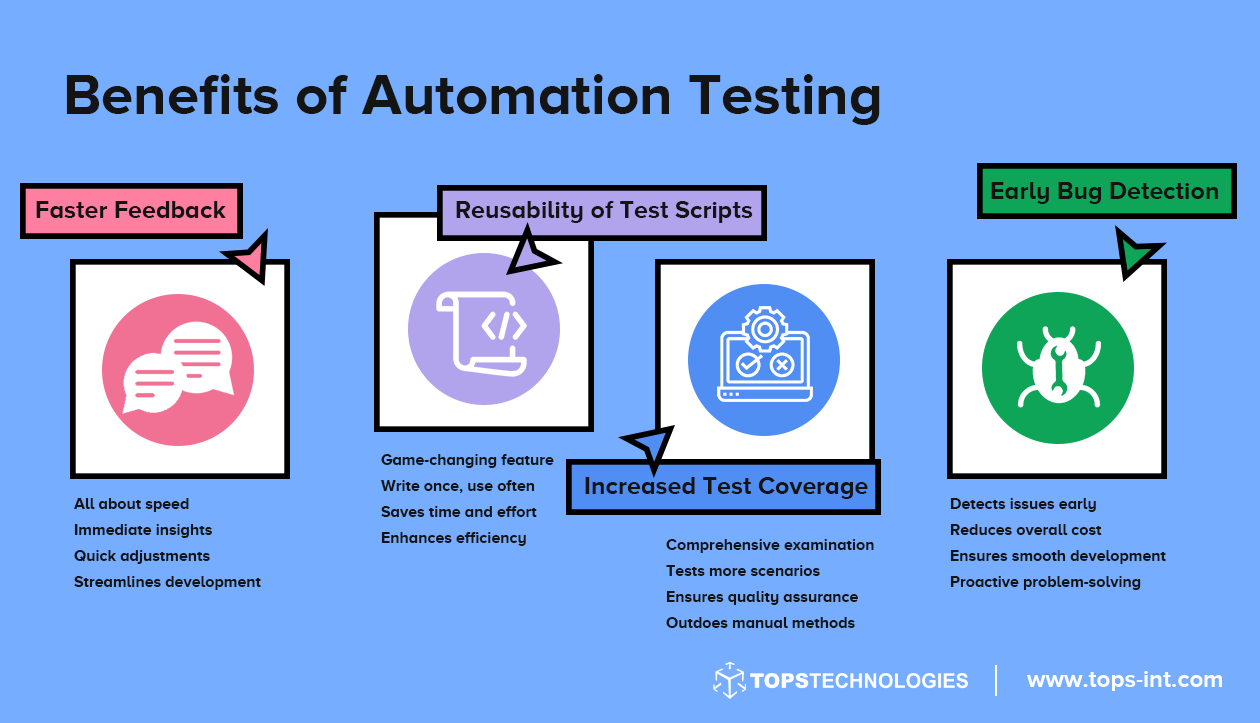
Enrolling in a
Software Testing Course in Ahmedabad can be an essential step for those aiming to excel in these areas, aligning with the fast-paced and quality-driven demands of today's tech environment.
Types of Automation Testing
Let's delve deeper into the two main categories of automation testing: Functional Testing and Non-Functional Testing.
Functional Testing
Functional Testing ensures that the software's functions align with the specified requirements. It's like a detective probing every function to ensure it does what it should. Within this category, there are different types:
- Unit Testing: Focuses on small parts, or units, of code.
- Integration Testing: Checks the connections between different parts.
- System Testing: Examines the whole system's functionality.
The scope of automation in software testing here is massive, bringing precision, speed, and efficiency to ensure every function is just right.
Non-Functional Testing
Now, Non-Functional Testing is like the taste-tester of software. It doesn't focus on individual functions but on how the package performs, feels, and behaves. This includes:
- Performance Testing: How fast is it?
- Usability Testing: Is it user-friendly?
- Security Testing: How well-protected is it?
The scope of automation in software testing in this category is equally vast, enhancing the overall quality of the product, from its responsiveness to its reliability.
Different Types of Automation Testing
Let’s dive into the different tests:
Unit Testing
Unit Testing refers to testing individual units or components of software. It's the examination of the smallest part of an application to verify its correctness.
- What It Does: Tests single pieces of code, like functions or methods.
- Why It Matters: Helps find errors early, saving time and resources.
- How It Works: Utilises testing frameworks to confirm expected outputs.
- When to Use: Ideal in the initial development phase for early error detection.
Read More: How to Build a good Test automation strategy
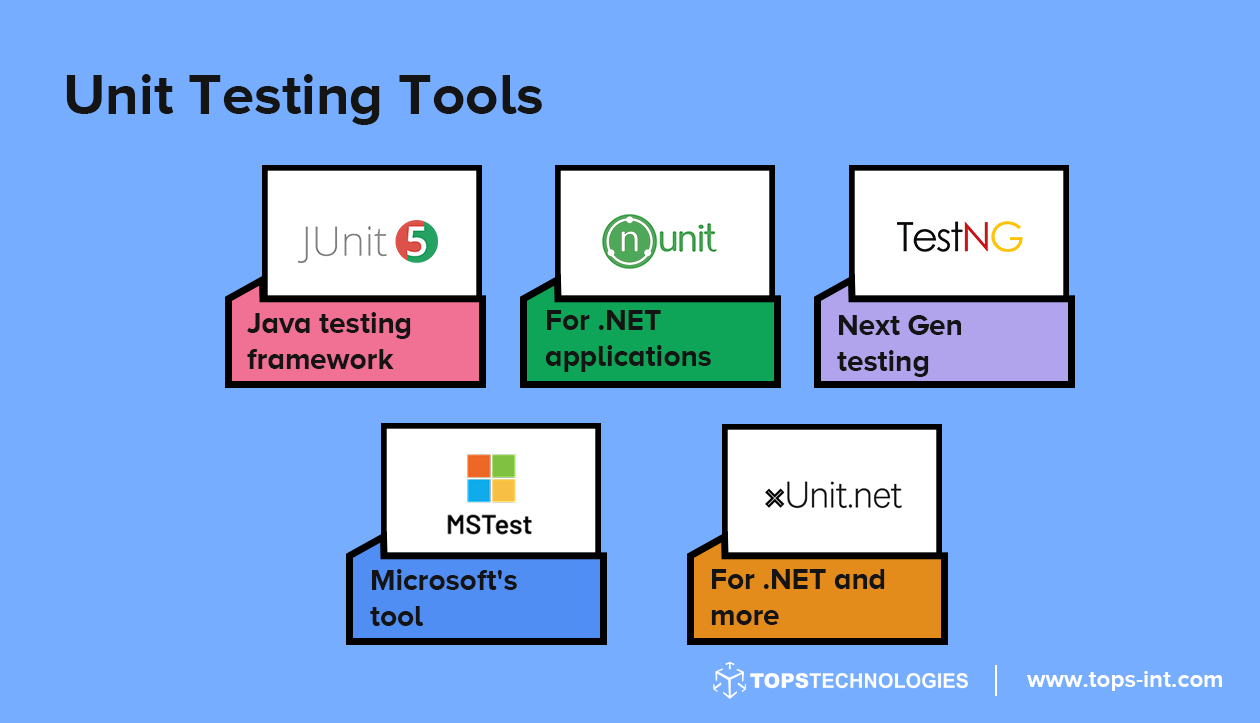
Benefits
- Finds Issues Early: Catches problems when they are easiest to fix.
- Improves Code Quality: Encourages developers to write cleaner, more efficient code.
- Enhances Flexibility: Makes future changes and updates more manageable.
- Boosts Developer Confidence: Allows for fearless coding, knowing that changes can be thoroughly vetted.
For those looking to master this and other testing strategies, various Automation Testing Courses are available to deepen understanding and expertise.
Integration Testing
Integration Testing is the next level after Unit Testing, focusing on the connections between different components or units within an application. It's like putting together puzzle pieces to ensure they all fit seamlessly.
- What It Does: Tests the connections and interactions between different code parts.
- Why It Matters: Ensures that integrated units work smoothly together.
- How It Works: Combines individual code parts and verifies their combined functionality.
- When to Use: Typically performed after Unit Testing to validate integration.
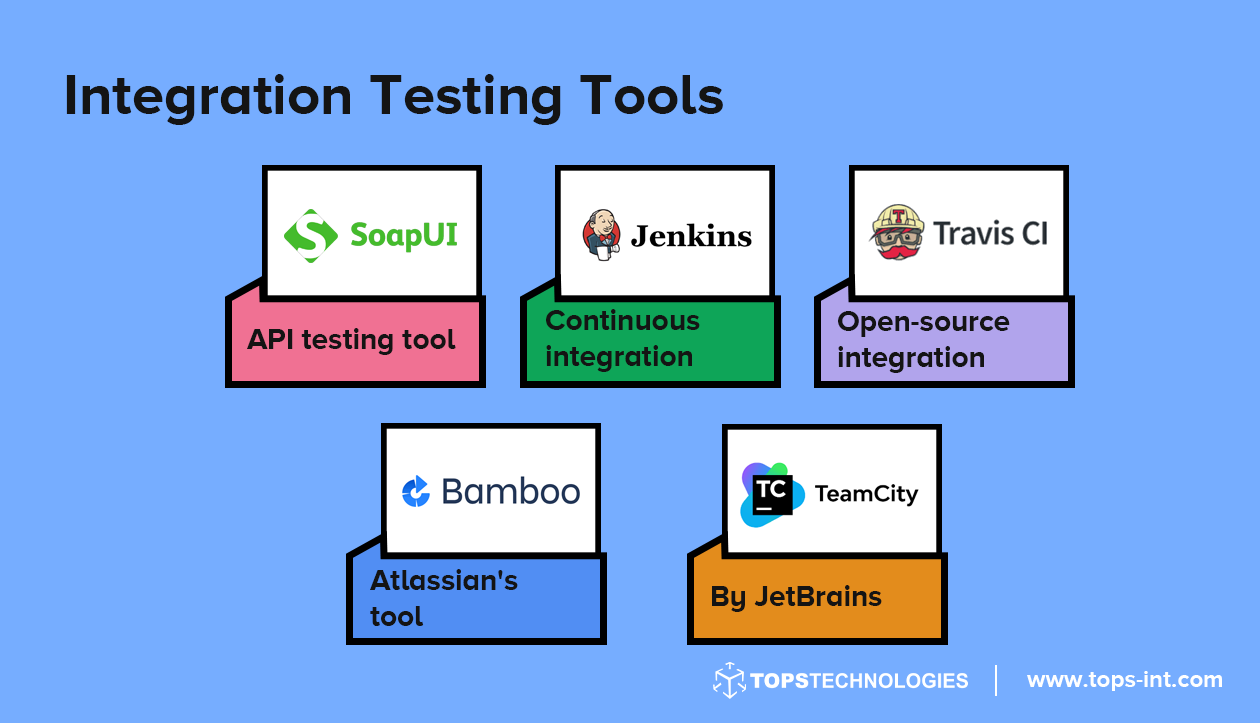
Benefits
- Detects Interface Issues: Catches problems that occur when individual units are combined.
- Improves Efficiency: Finds and fixes problems early in the development process.
- Enhances Collaboration: Encourages understanding between different parts of a project.
- Boosts Quality: Builds confidence in the software's functionality and cohesion.
Integration Testing helps knit together an application's various parts, ensuring they work in harmony.
Regression Testing
Regression Testing ensures that recent changes, such as new features or bug fixes, don't negatively affect existing functionalities. The safety check ensures that the old still works with the new.
- What It Does: Verifies that new changes haven't disrupted existing features. Ensures that the software's history is honored even as it evolves.
- Why It Matters: Preserves the integrity of the software. Keeps the trust in existing functionalities intact while accommodating improvements.
- How It Works: Repeats previous test cases on the newly updated code. Makes sure the new additions play well with the existing ensemble.
- When to Use: Vital after any changes to the code. A must-do step to ensure that the software's tried and true remain just that.
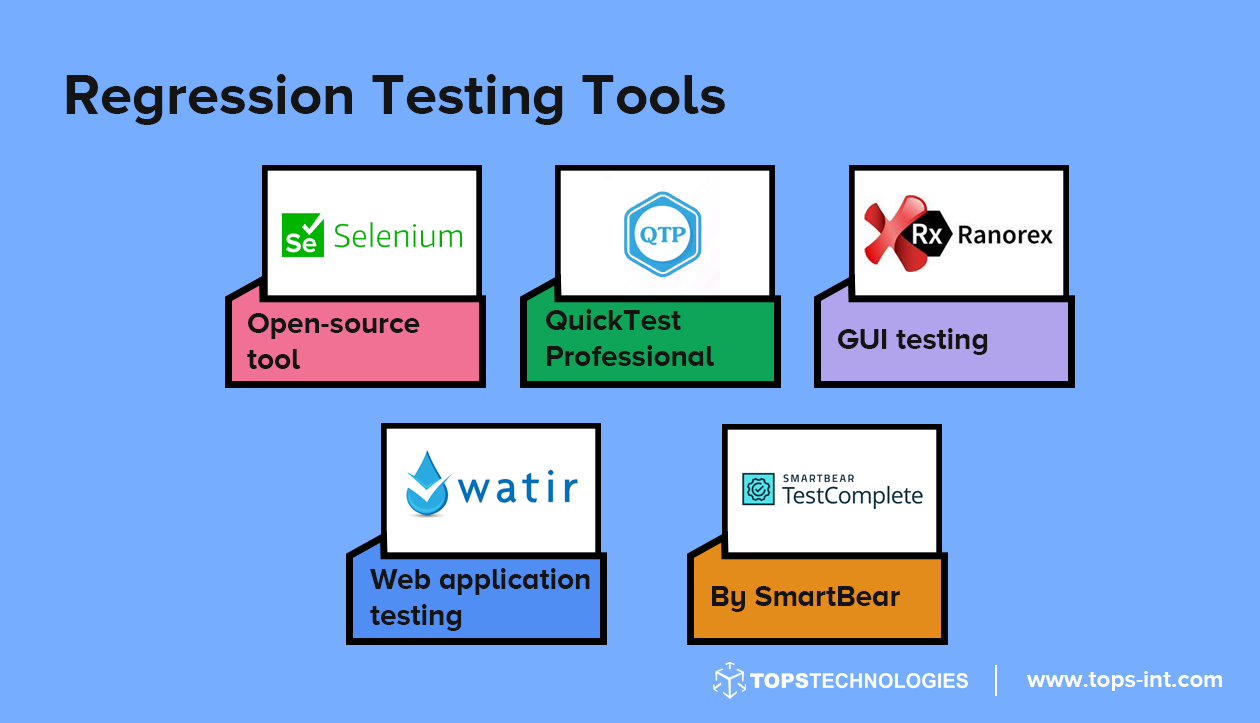
Benefits
- Preserves Functionality: Keeps existing features stable.
- Saves Time: Identifies unintended side-effects quickly.
- Increases Confidence: Assures reliability throughout updates.
- Enhances Quality: Makes sure enhancements work in harmony with existing functionalities.
Regression Testing is the reassurance in the chaotic world of continuous software changes. For those aiming to learn more about this and other vital testing techniques, enrolling in a Software Testing Course in Gandhinagar could be an excellent step toward mastering these essential skills.
Smoke Testing
Smoke Testing is like the first impression of the software. It's a set of basic tests to determine if a build is stable enough for further testing. Think of it as a quick handshake with the code to make sure it's in good health.
- What It Does: Run basic tests to check if the build is stable. A first glance to ensure that the vital functions are working as intended.
- Why It Matters: It helps avoid wasting time on a fundamentally flawed build. A quick assurance that we're on the right track.
- How It Works: Performs a series of non-exhaustive tests on key functionalities. A brief yet critical examination to give the green or red light.
- When to Use: Conducted at the early stages, before more in-depth testing. It's the gateway to further analysis.
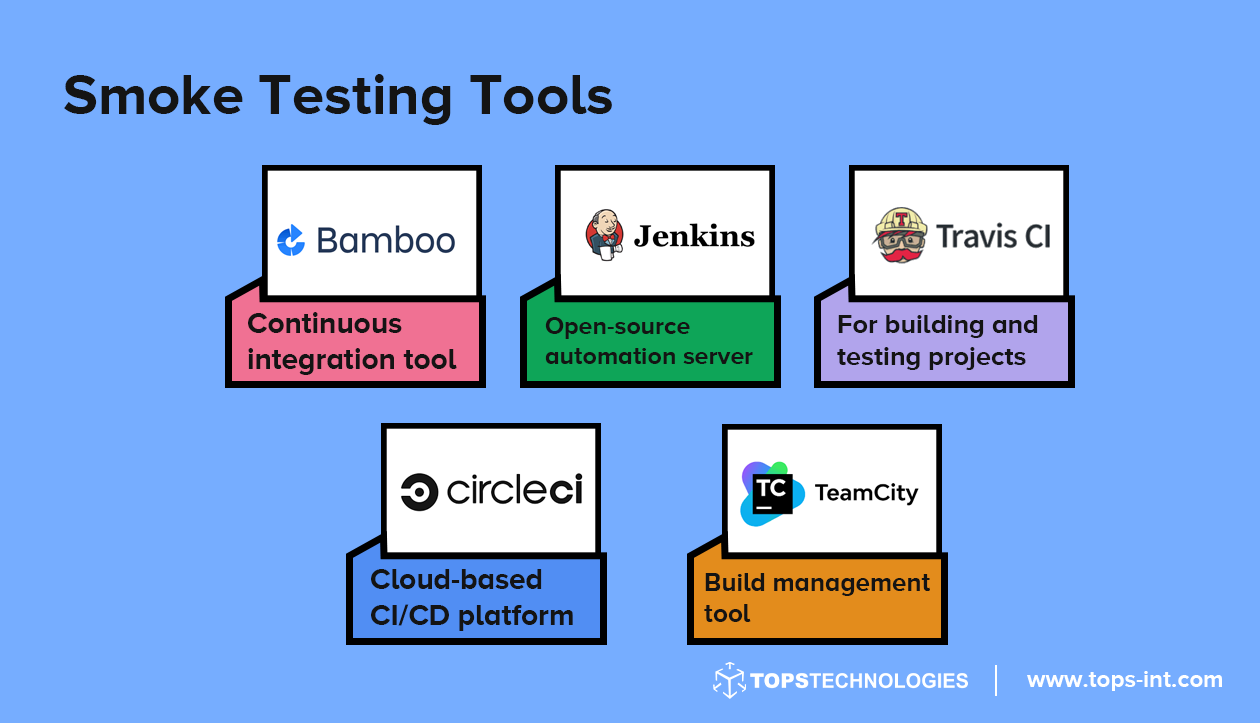
Benefits
- Quick Evaluation: Offers a rapid assessment of the build's stability.
- Saves Time and Resources: Avoids pursuing a build with serious flaws.
- Sets the Stage: Prepares the way for more detailed testing down the line.
- Boosts Efficiency: Allows focus on builds that are ready for further scrutiny.
Smoke Testing is akin to a snapshot of the software's health, offering a rapid insight into its readiness for more rigorous examination.
Performance Testing
Performance Testing is akin to putting your software on a treadmill. It's all about evaluating how the system performs under load, testing its stamina, speed, and responsiveness.
- What It Does: Assesses how the system behaves under pressure. A comprehensive workout for the software to gauge its endurance and agility.
- Why It Matters: Uncovers performance bottlenecks and ensures the system can handle real-world demands. It's about making sure the software won't collapse when users start pouring in.
- How It Works: Simulates various scenarios with different load patterns and volumes. An orchestrated challenge to see how the software fares when pushed to the limits.
- When to Use: Necessary to conduct before deploying the software to end-users. The ultimate fitness check to ensure readiness for the real world.
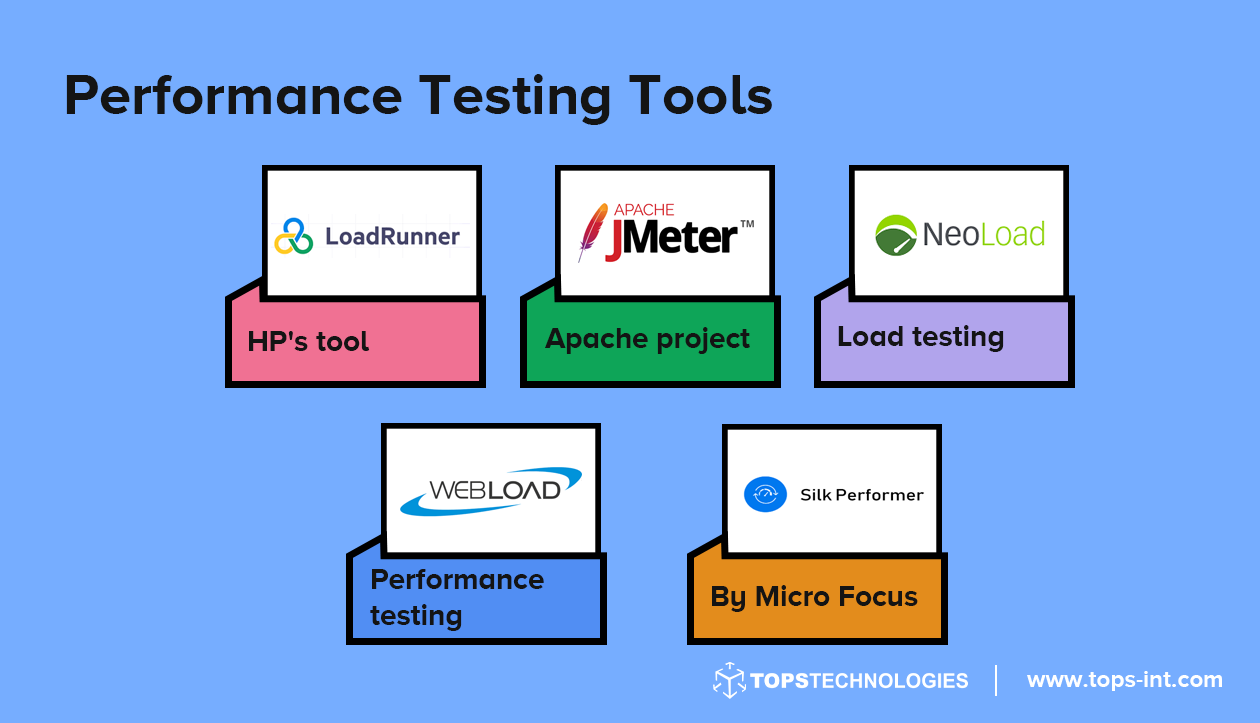
Benefits
- Identifies Weak Points: Helps in finding areas that need optimization.
- Ensures Scalability: Validates that the system can grow with demand.
- Builds Confidence: Affirms the software's ability to handle user load.
- Enhances User Experience: Guarantees smooth operation even during peak times.
For those in Surat looking to delve into this crucial aspect of software quality assurance, a Software Testing Course in Surat provides an excellent opportunity to learn from experts and hone these essential skills.
Load Testing
Load Testing is all about assessing how the system behaves under peak loads, pushing it to its limits to see if it can withstand the pressure.
- What It Does: Tests the system's response under heavy user or data loads. It's like watching how the software performs on its busiest day.
- Why It Matters: Ensures that the system won’t break down when faced with maximum stress. It’s the reassurance that the software won’t crumble when things get tough.
- How It Works: Simulates peak user activity to see how the system reacts. It's the virtual crowd control test for your software.
- When to Use: Best performed as part of the system's final testing phase. The final stress test before the big launch.
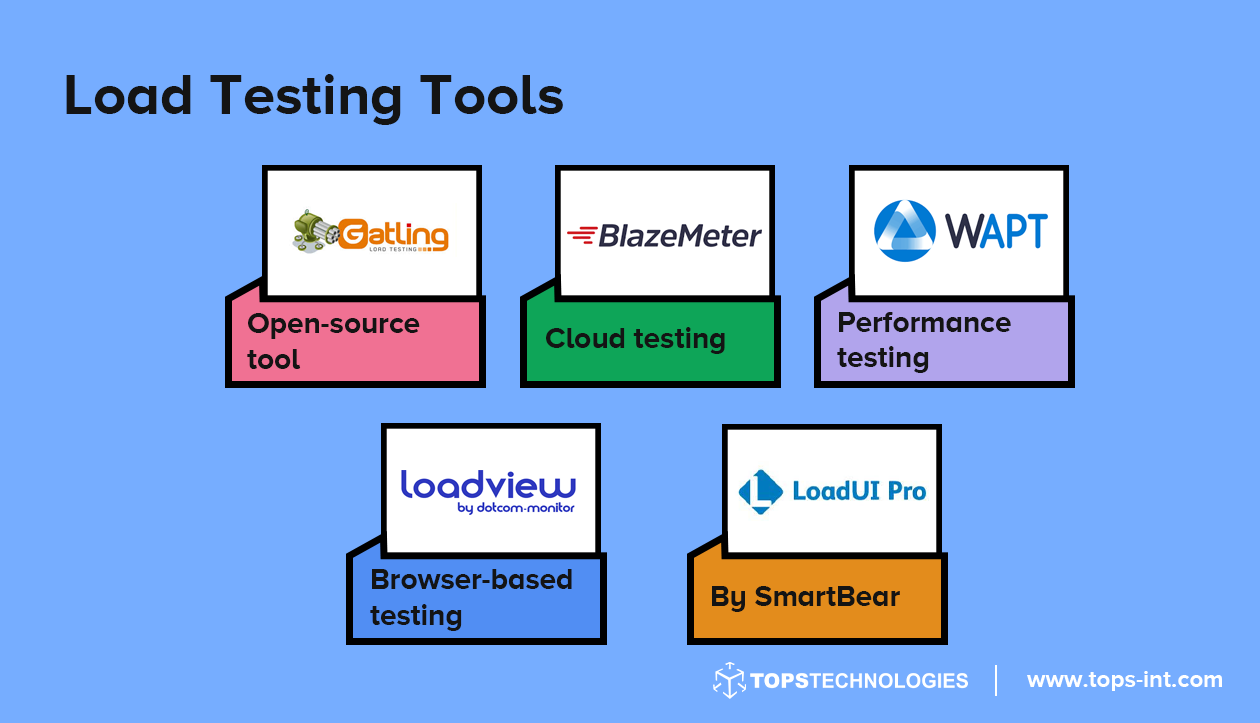
Benefits
- Detects Capacity Issues: Reveals how much load the system can handle.
- Improves Stability: Helps in making adjustments to enhance performance under stress.
- Enhances User Satisfaction: Guarantees that users get uninterrupted service even during high-traffic periods.
- Reduces Risk: Minimises chances of failure during crucial times.
Load Testing is like the final exam for your software's strength and stamina.
Stress Testing
Stress Testing is the software's ultimate endurance test. Imagine making your software run a marathon uphill, in the rain. It's about evaluating how the system performs under extreme conditions, beyond its normal capacity.
- What It Does: Pushes the system beyond its limits to see where it breaks. It's like testing how the software fares in a storm.
- Why It Matters: Identifies the system's absolute limits and helps understand how it fails. It's knowing how far you can go before things fall apart.
- How It Works: Applies exaggerated load and pressure to test the system's resilience. A relentless examination to find the software's breaking point.
- When to Use: Crucial for mission-critical applications that must not fail. The test of strength for software that must weather any storm.
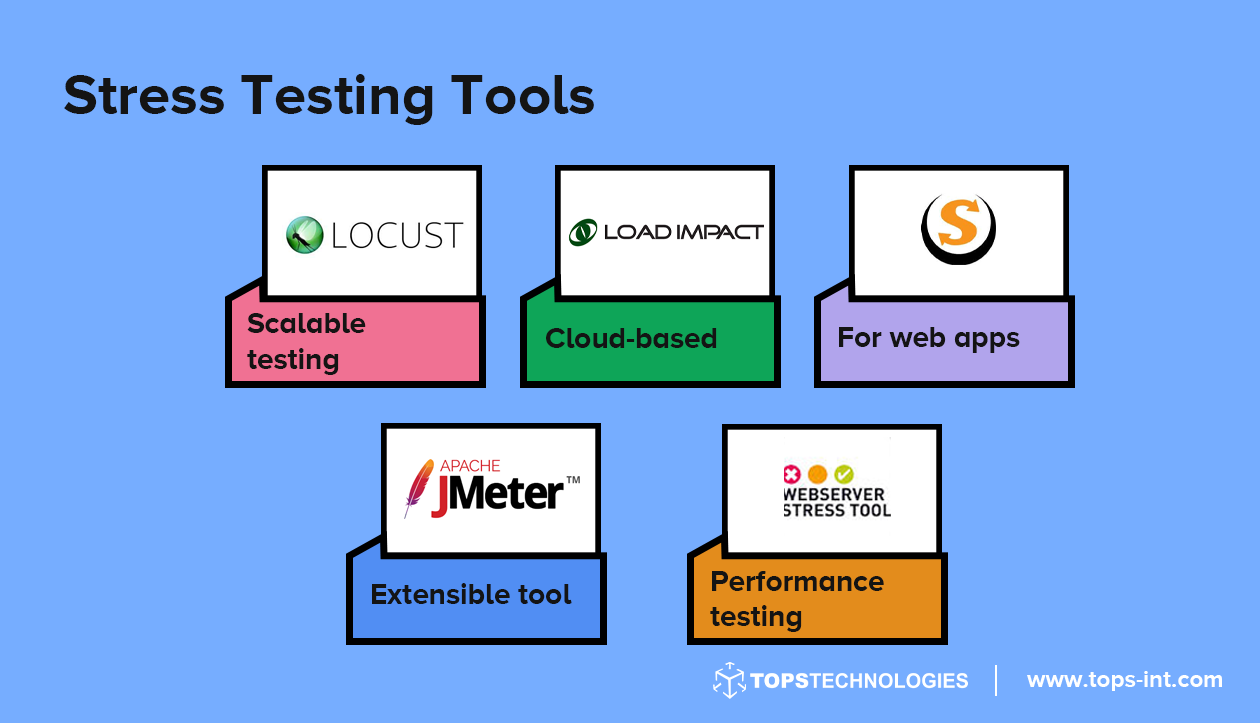
Benefits
- Unveils Weak Spots: Reveals exactly where and how the system can fail.
- Enhances Resilience: Helps in fortifying the software against possible breakdowns.
- Increases Reliability: Builds trust that the system can handle even the most unexpected scenarios.
- Guides Improvement: Provides valuable insights for robust system development.
For those interested in mastering this and other key testing strategies, a
Software Testing Course in Vadodara could be the perfect path to building these critical skills, ensuring that the software not only survives but thrives under pressure.
Challenges in Automation Testing
Automation Testing offers unparalleled benefits, but it's not without its challenges. The road to implementing and maintaining automated testing may present a few hurdles, which should be acknowledged and managed.
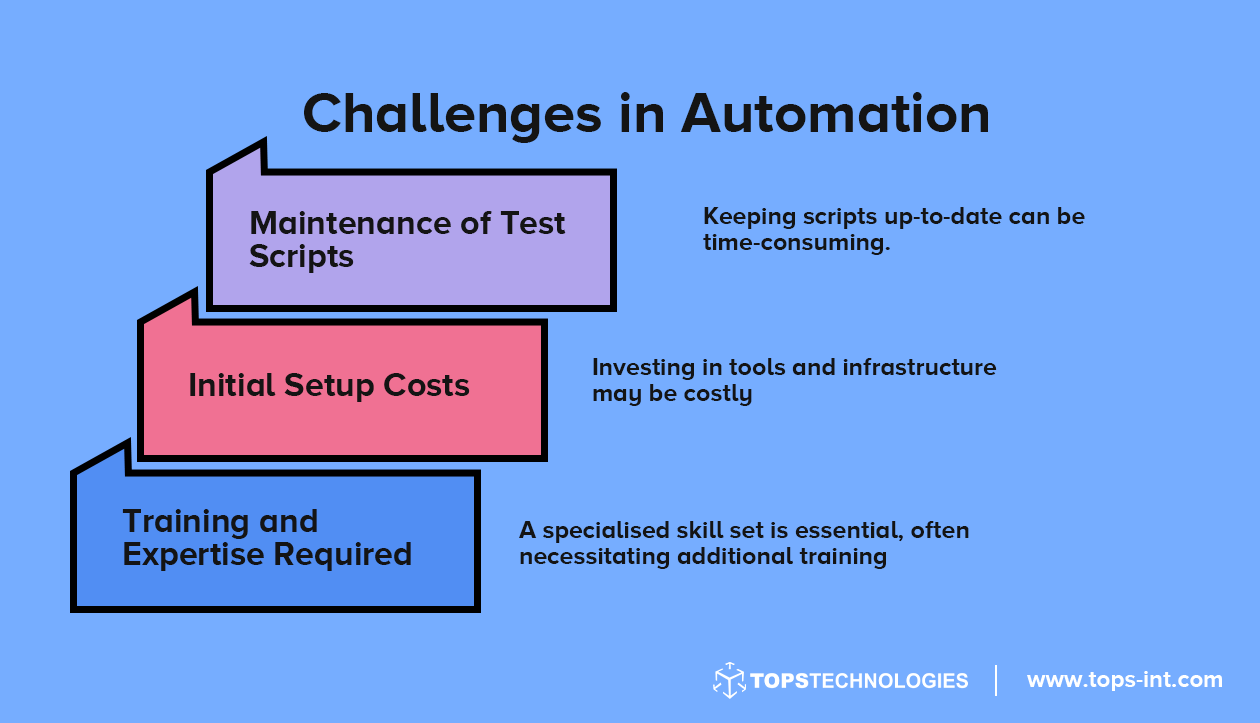
While these challenges exist, they can be overcome with the right strategy, proper investment, and commitment to continuous learning and adaptation.
Conclusion
In the rapidly evolving tech landscape of India, enrolling in a
Software Testing Course is no longer just an option; it's a necessity for landing high-paying jobs. As per statistics, professionals with certifications from reputable institutes like
TOPS Technologies are frequently securing
6-figure salaries.
With over
1 lakh students placed,
3000+ companies tied up, and
19+ offices across India,
TOPS Technologies is at the forefront of this training revolution. Their dedicated courses pave the way to success in the competitive job market, providing the tools and insights required for career advancement.
FAQs
What are the main categories of Automation Testing?
Automation Testing is generally divided into Functional and Non-Functional Testing, each serving specific purposes within the software development process.
How is Load Testing different from Performance Testing?
Load Testing assesses the system's behavior under peak loads, while Performance Testing evaluates overall performance under various conditions.
Why is Unit Testing considered fundamental in Automation Testing?
Unit Testing tests individual components, ensuring that each part is correct. It's the foundational testing that is often emphasized in a Software Testing Course, laying the groundwork for the entire system.
What role does Regression Testing play in Automation Testing?
Regression Testing ensures that recent changes haven't adversely affected existing features, maintaining the integrity of the system.
Why choose Smoke Testing in the early stages of development?
Smoke Testing involves basic tests to determine if a build is stable, acting as a preliminary check before more in-depth testing is conducted. It's an essential step in ensuring overall software quality.














